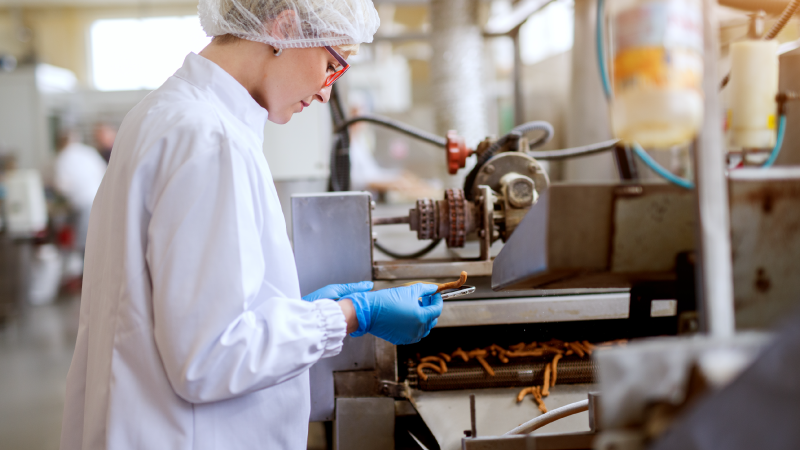Food quality control requires manufacturers to meet safety and consistency demands, as well as meet consumer expectations. Taste, smell, texture, and other sensory characteristics drive consumers to choose one product over a similar option.
These, among other sensory, physical, and chemical attributes, are among the top ways that food manufacturers define “quality” for their products. With such a wide range of quality attributes, it can be challenging for food manufacturers to maintain and improve their quality control measures.
Advanced technologies, including the Industrial Internet of Things (IIoT), can immensely improve food quality control measures and outcomes. Leveraging IIoT can help food manufacturers optimize production processes to reduce costs and waste, all while meeting—or exceeding—quality standards.
Learn how in this white paper specifically designed for food manufacturing quality teams.
In this white paper, you’ll:
- learn about four key IIoT technologies that can be used in food quality control, including:
- Artificial Intelligence
- Automated Computer Vision
- IIoT Platforms
- Digital Twins
- discover how today’s IIoT technologies enhance the work of your employees, giving them time and resources to tackle your company’s biggest quality control issues
- read use cases from global food manufacturers leveraging IIoT technologies today
Complete the form to download the white paper now.





